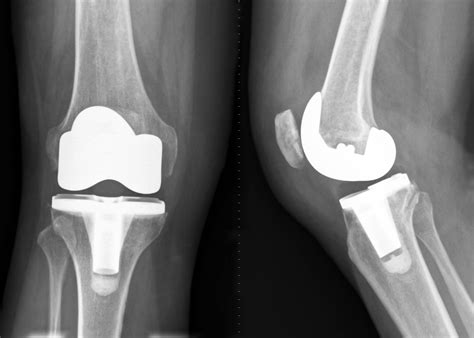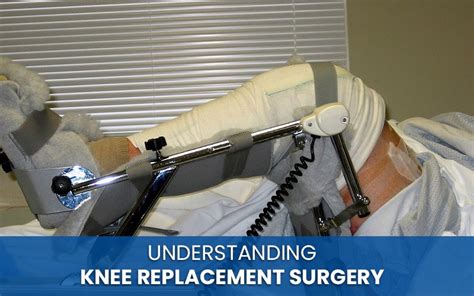Intro
Learn about knee replacement operation in our comprehensive guide, covering preparation, surgery, recovery, and rehabilitation, including total knee replacement, partial knee replacement, and knee arthroplasty procedures.
Knee replacement surgery, also known as knee arthroplasty, is a surgical procedure to resurface a knee damaged by arthritis. Most people who undergo this operation experience significant improvement in their symptoms and quality of life. The importance of understanding the knee replacement operation cannot be overstated, as it is a significant decision that can have a profound impact on one's life. In this article, we will delve into the world of knee replacement surgery, exploring its benefits, working mechanisms, and key information related to the topic.
The decision to undergo knee replacement surgery is often made after other treatment options have been exhausted. Knee pain and stiffness can significantly impact daily life, making everyday activities a challenge. Knee replacement surgery offers a solution to this problem, providing relief from pain and restoring mobility. With advancements in medical technology, knee replacement surgery has become a highly effective and safe procedure. However, it is crucial to approach this decision with a clear understanding of the process, benefits, and potential risks.
Knee replacement surgery is a complex procedure that requires careful consideration and planning. The operation involves replacing the damaged knee joint with artificial components, which are designed to mimic the natural movement and function of the knee. The artificial joint is typically made of metal and plastic, and is designed to withstand the stresses and strains of daily life. The surgery is usually performed under general anesthesia, and the patient is typically hospitalized for several days after the operation. With proper care and rehabilitation, most people are able to return to their normal activities within a few months.
Knee Replacement Surgery Benefits

Improved Mobility and Flexibility
Knee replacement surgery can significantly improve mobility and flexibility, allowing people to resume their normal activities without discomfort. The artificial joint is designed to mimic the natural movement and function of the knee, providing a smooth and stable range of motion. This can be particularly beneficial for people who enjoy sports or other physical activities, as it can enable them to return to their favorite hobbies without restriction. Furthermore, improved mobility and flexibility can also reduce the risk of falls and other accidents, which can be a significant concern for older adults.Knee Replacement Surgery Working Mechanisms

Artificial Joint Components
The artificial joint used in knee replacement surgery typically consists of several components. The femoral component is attached to the end of the thigh bone, while the tibial component is attached to the top of the shin bone. The patellar component is attached to the kneecap, and is designed to provide a smooth and stable range of motion. The artificial joint is typically made of metal and plastic, and is designed to withstand the stresses and strains of daily life. The components are carefully designed and tested to ensure that they provide a durable and long-lasting solution to knee problems.Knee Replacement Surgery Steps

Recovery and Rehabilitation
The recovery and rehabilitation process after knee replacement surgery is critical to ensuring a successful outcome. The patient will typically be hospitalized for several days after the operation, during which time they will receive pain management and physical therapy. The physical therapist will work with the patient to develop a rehabilitation plan, which will include exercises and activities to improve mobility and flexibility. The patient will also be required to attend follow-up appointments with their surgeon to monitor their progress and address any concerns or complications.Knee Replacement Surgery Risks and Complications

Minimizing Risks and Complications
To minimize the risks and complications associated with knee replacement surgery, it is essential to carefully follow the surgeon's instructions and attend all scheduled follow-up appointments. The patient should also maintain a healthy lifestyle, including a balanced diet and regular exercise, to promote healing and reduce the risk of complications. Additionally, the patient should be aware of the signs and symptoms of potential complications, such as infection or blood clots, and seek medical attention immediately if they experience any unusual symptoms.Knee Replacement Surgery Alternatives

Non-Surgical Treatments
Non-surgical treatments, such as physical therapy and medication, can be effective in managing knee pain and stiffness. Physical therapy can help improve mobility and flexibility, and reduce pain and stiffness. Medication, such as pain relievers and anti-inflammatory drugs, can help reduce pain and inflammation. Additionally, lifestyle modifications, such as weight loss and exercise, can also help reduce the stress and strain on the knee joint, and promote healing.What is knee replacement surgery?
+Knee replacement surgery, also known as knee arthroplasty, is a surgical procedure to resurface a knee damaged by arthritis.
What are the benefits of knee replacement surgery?
+The benefits of knee replacement surgery include significant reduction in pain and stiffness, improved mobility and flexibility, and enhanced quality of life.
What are the risks and complications associated with knee replacement surgery?
+The risks and complications associated with knee replacement surgery include infection, blood clots, nerve damage, and numbness.
In conclusion, knee replacement surgery is a highly effective and safe procedure that can provide significant relief from knee pain and stiffness. By understanding the benefits, working mechanisms, and key information related to the topic, individuals can make informed decisions about their treatment options. Whether you are considering knee replacement surgery or simply looking for alternative treatments and therapies, it is essential to consult with a qualified healthcare professional to determine the best course of treatment for your specific needs. We encourage you to share your thoughts and experiences with knee replacement surgery in the comments section below, and to share this article with anyone who may be considering this procedure.
